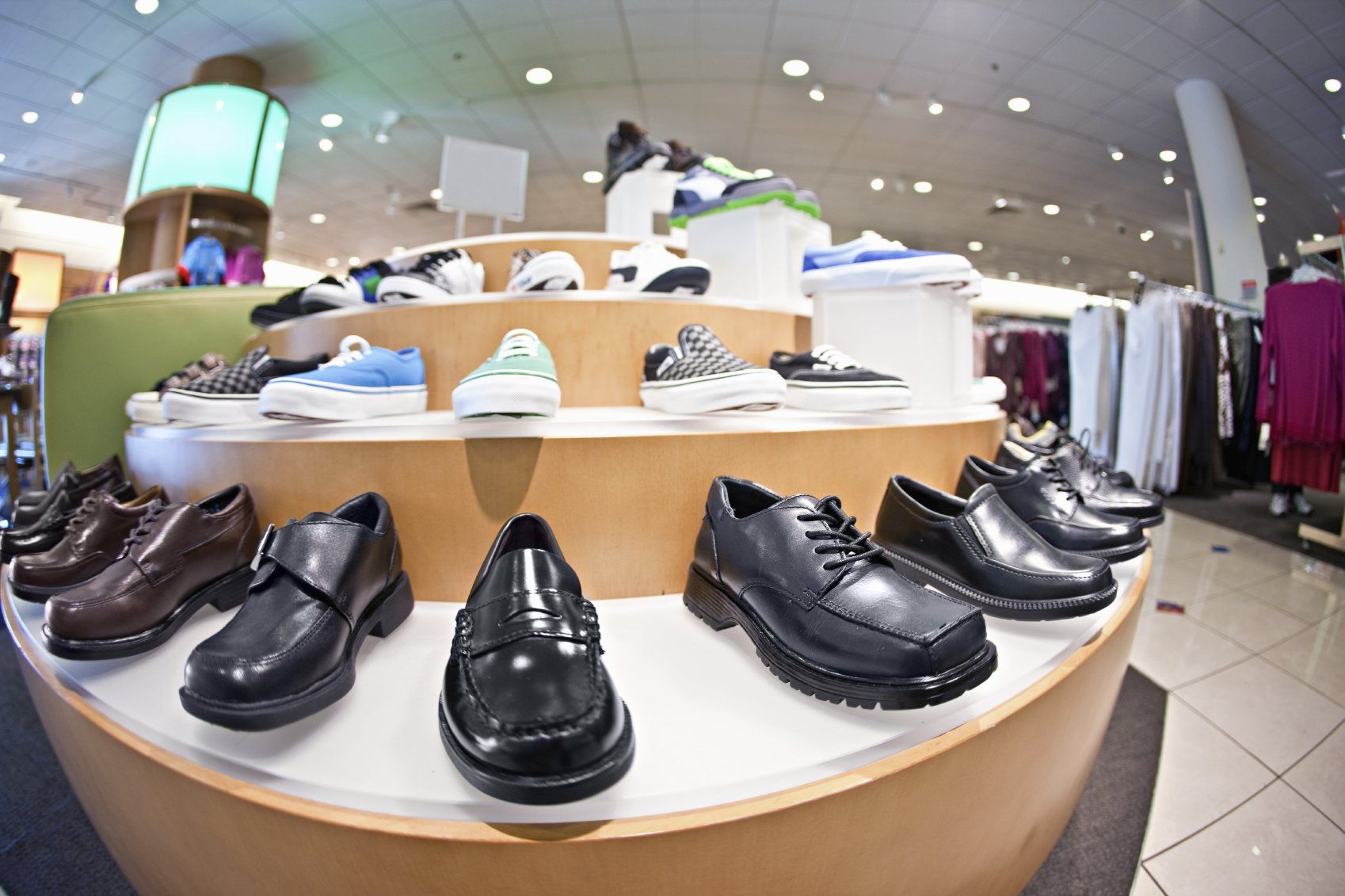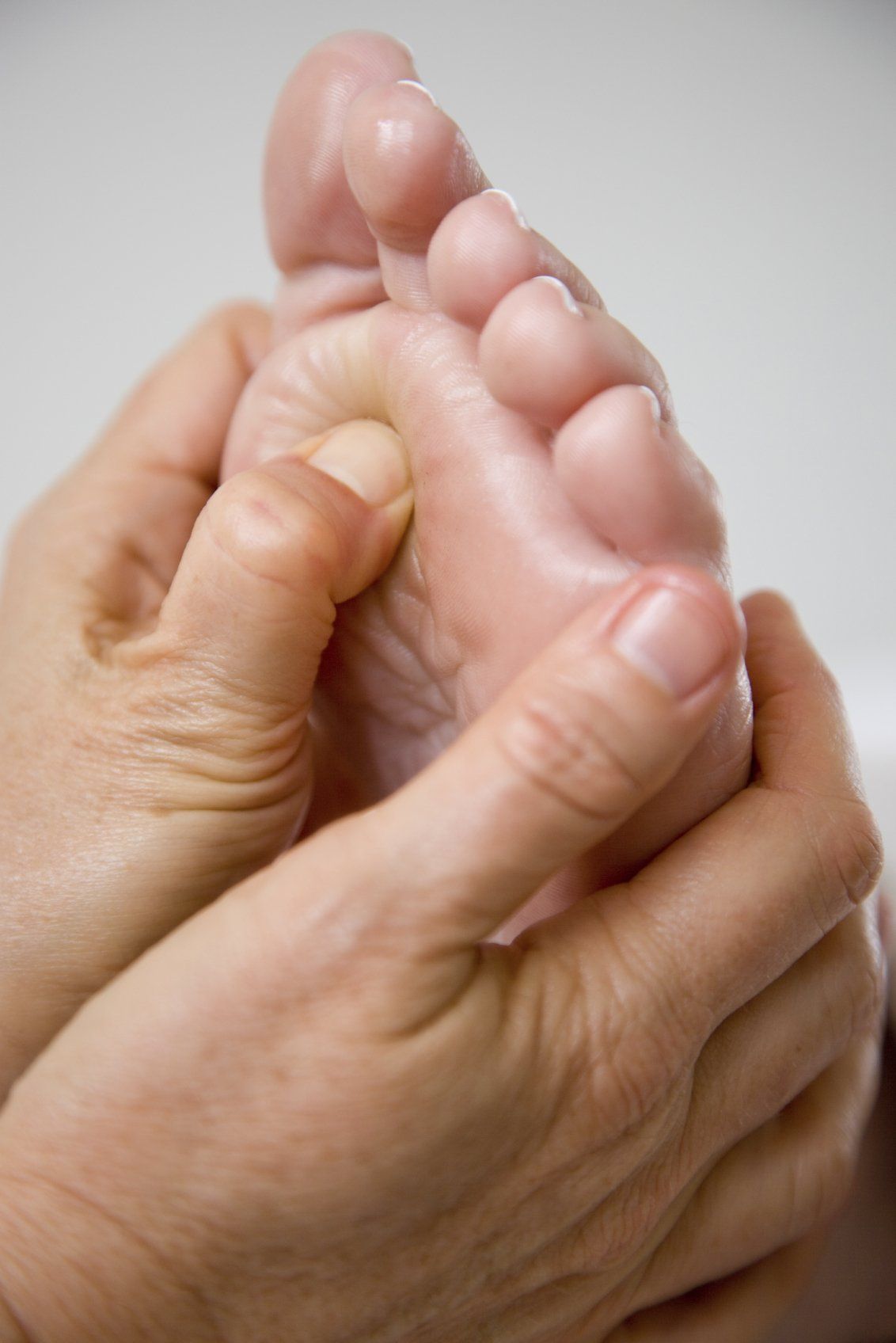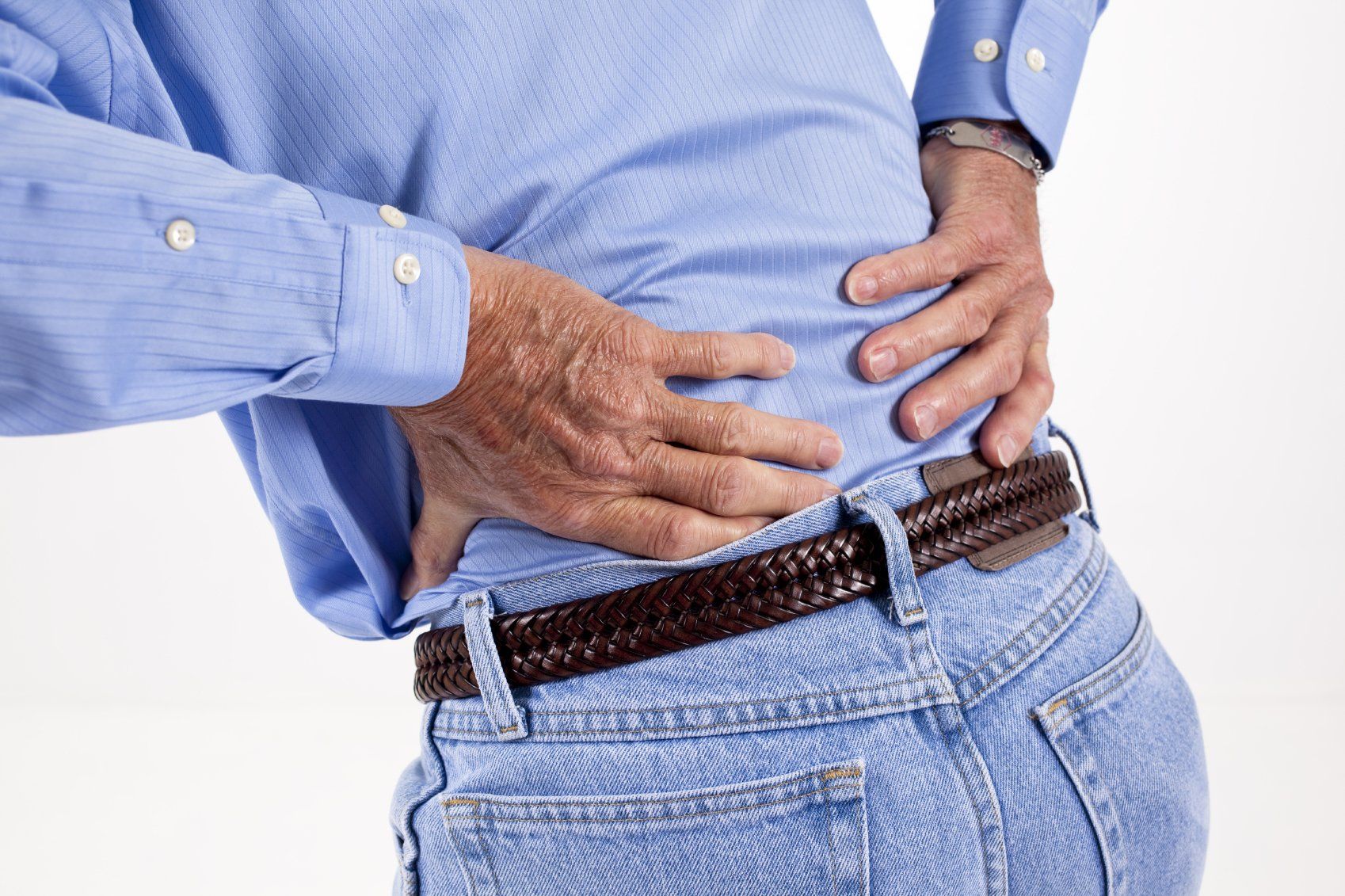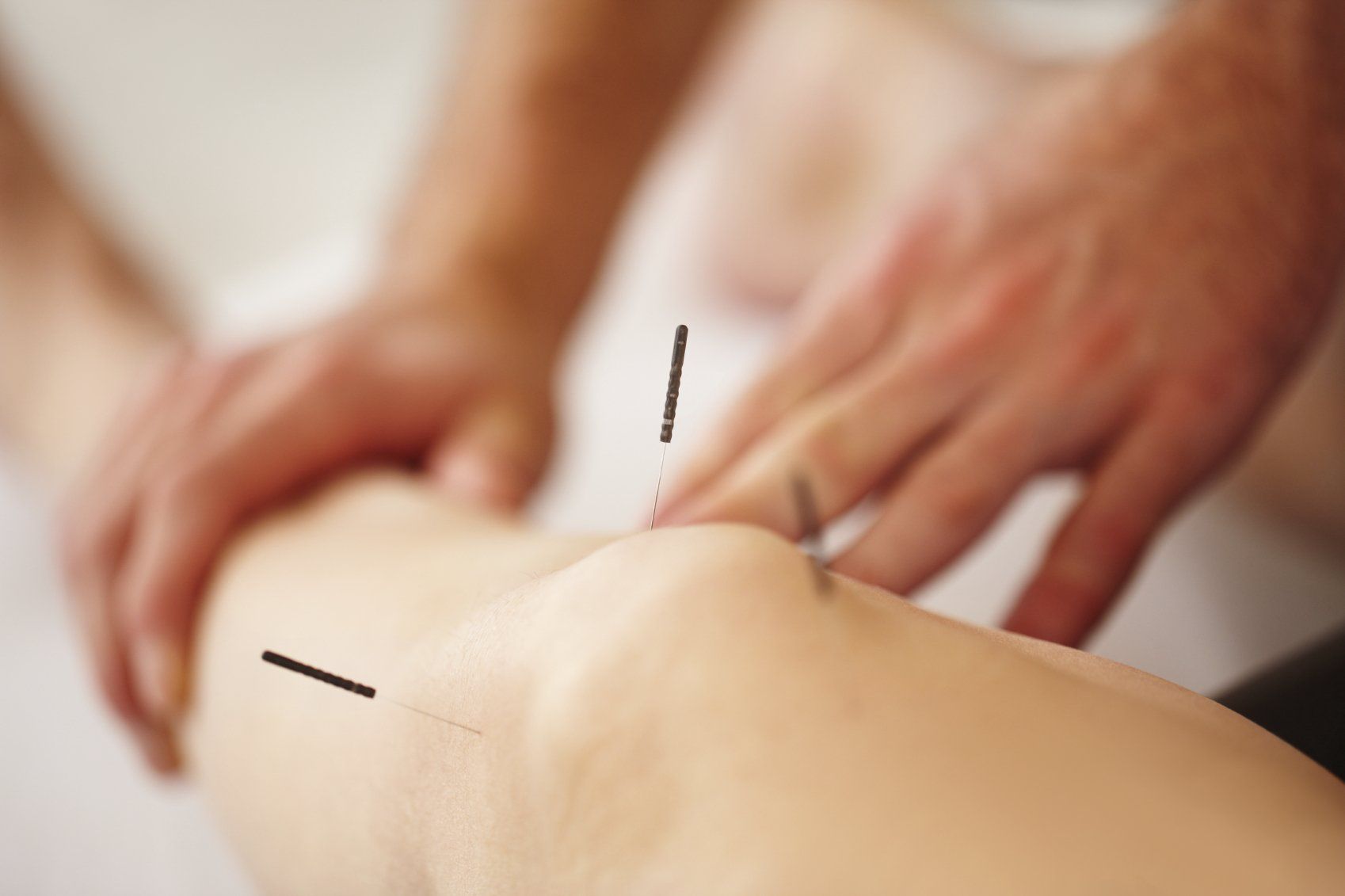Knee Osteoarthritis (OA)
How Physiotherapy can help knee OA

Knee pain can be caused by many reasons. A common cause can be OA which is when the surfaces of the joint are damaged or worn, so the joint does not move as smoothly as it could. Over time this leads to stiffness and pain. It commonly occurs in mid to late forties but can occur earlier as a result of previous injury.
Physiotherapy can be greatly beneficial for knee OA and often delays the need for surgery e.g., knee replacement. Your Physiotherapist will conduct a thorough examination of your knee to assess how the muscles, joints and nerves are working and identify which structures of your knee are likely to be affected. A treatment plan will be discussed with you and a will be specific to your needs and goals, based on the best evidence available.
Your treatment plan may include some of the following:
- advice on pain and swelling management,
- exercises to increase movement,
- exercises to increase strength,
- exercises to improve balance and endurance,
- manual therapy (mobilisations, tissue massage, tissue release etc)
- taping
If pain is interfering with your general day to day activities and is not settling, you may need to seek advice form your GP/Pharmacist. They can offer advice on tablets and creams such as Capsaicin, to help control your knee pain and allow you to continue exercising.
For further resources backed by research please see below -
https://www.versusarthritis.org
https://www.csp.org.uk/conditions/knee-pain
If you would like any help with your OA knee, please do not hesitate to call us to arrange an appointment with one of our experienced physiotherapists on 01242 673507











